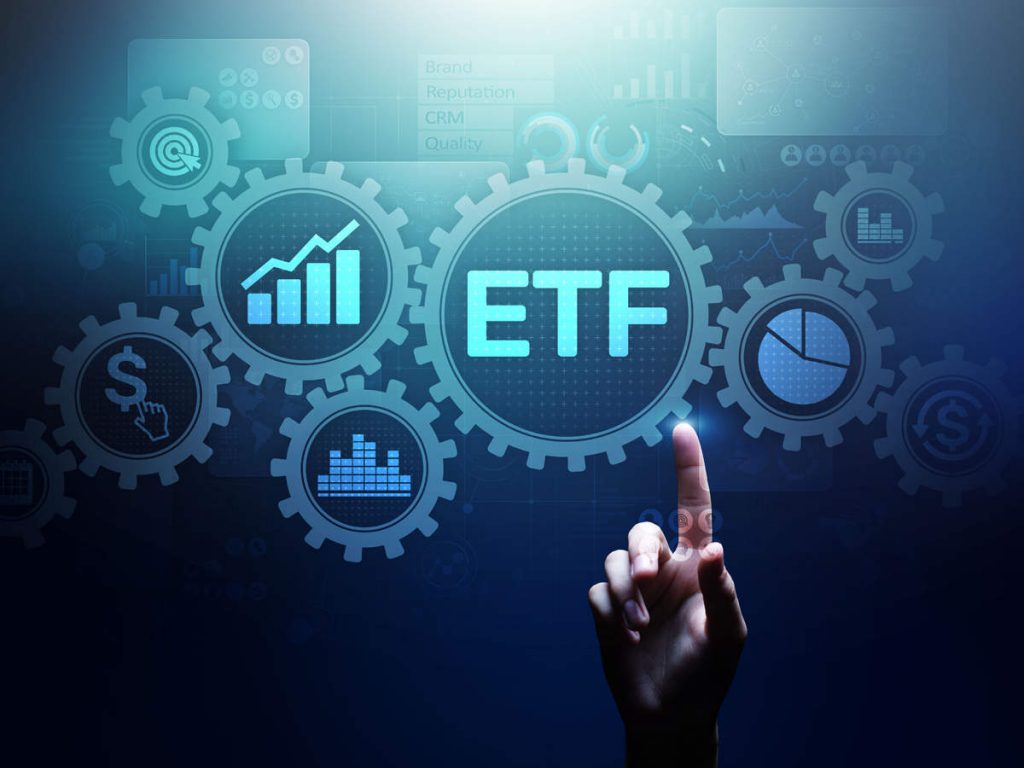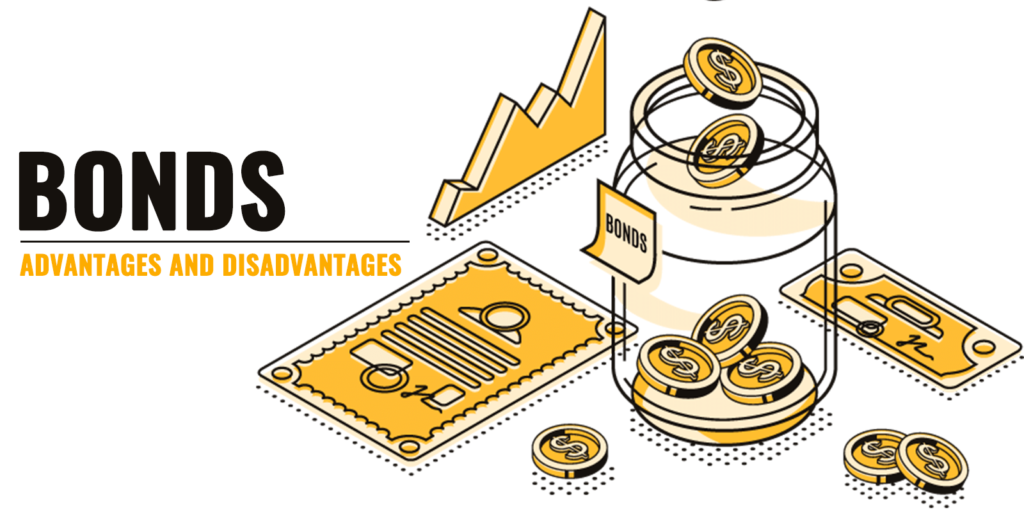The pros of ETFs
Contents
What do you know of the pros of ETFs? Since exchange-traded funds (ETFs) were introduced in 1993, it has become one of the most popular investments.
The pros of ETFs help you understand the reason for the popularity of this investment. While ETFs has its numerous benefits, it still has drawbacks you should know.
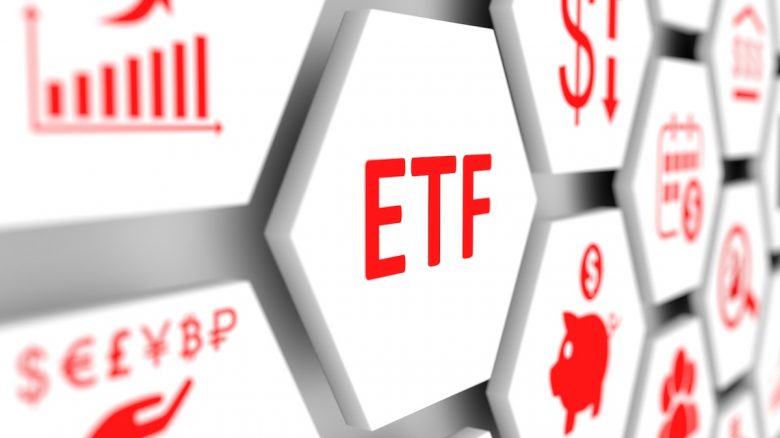
We have made it easier for you to understand what you should know and avoid when you want to invest in EFTs.
What to know about the pros of ETFs
For you to have a successful portfolio when it comes to ETFs, you should understand the pros of ETFs.
Here are some of the things you have to know before you invest in ETFs:
Diversification
Diversification is one of the pros of ETFs. If you want to have a great asset allocation strategy, you need to diversify. That allows you to invest in a range of classes and companies.
ETFs allow you to diversify and exposing you to a broad range of predetermined assets, unlike someone holding individual stocks.
Transparency
Investors understand the underlying portfolio they are investing in ETFs. However, mutual funds do not allow this transparency daily, but a couple of times in a year.
That makes ETFs a better option when it comes to transparency.
Trade Like Stocks
ETFs work like stock trading. You can buy it and sell it during the day while the exchange market is open. However, mutual fund order has to be submitted before the market closes.
That is one of the pros of ETFs that attracts investors to it. While marketing timing and day trading have their cons, with ETFs, you can get in and out without difficulty.
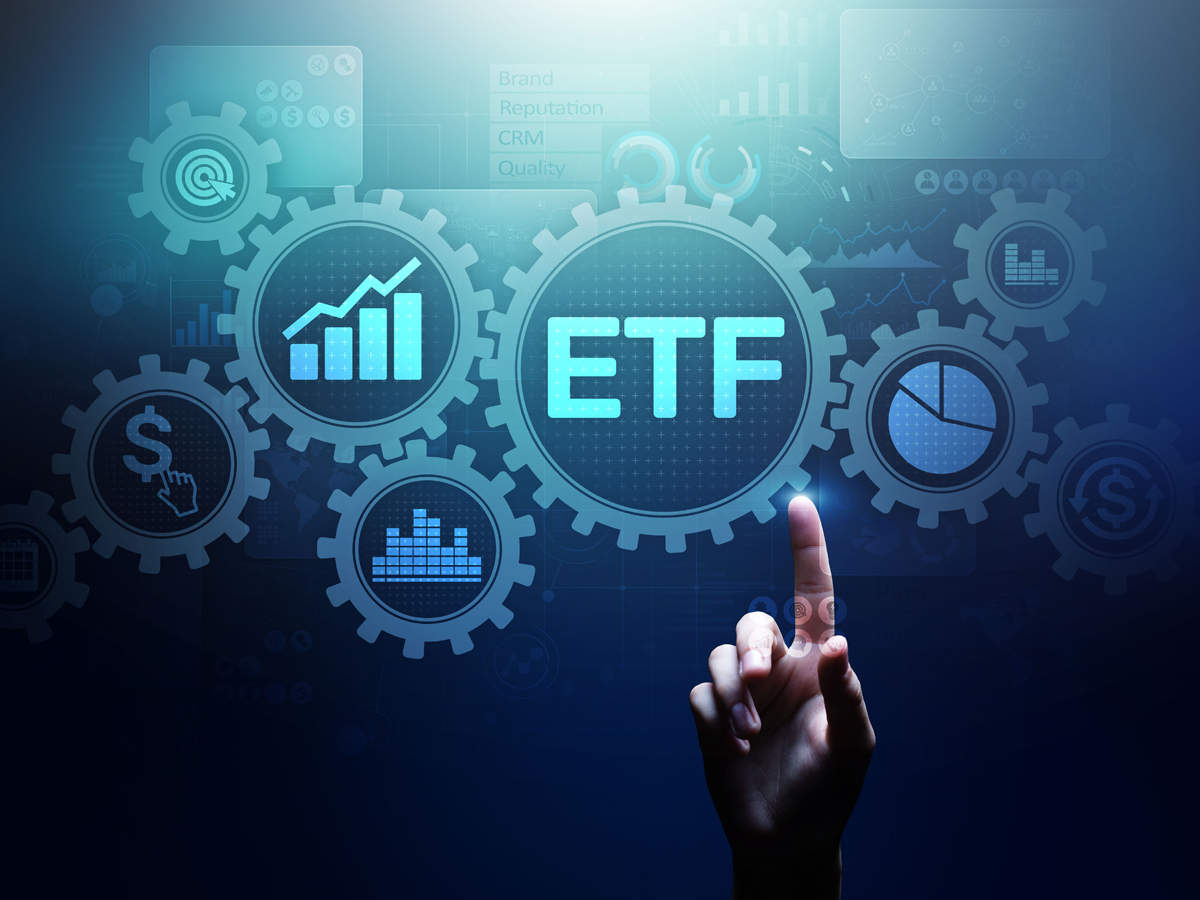
What that means is that you can place market orders such as limit orders, stop orders, and others on an ETF to activate a trade of the market price gets to a certain level.
Investors can buy ETFs short, which is a bet on the market price decline. You can buy and sell options against ETFs
The pros of ETFs to use
Cheap to Own
You can easily buy ETFs because they are cheap to own. How is this possible? With the number of index ETFs such as:
- Vanguard Total Stock Market (ticker VTI) with an expense ratio of 0.04%.
- Spider S&P 500 Index ETF (SPY) with an expense ratio of 0.09%.
You can buy affordable ETFs.
These index ETFs makes it low and a great idea for those who want a long-term investment. This could be used as a retirement investment.
Expenses and fees are important factors when it comes to long-term investment. To be successful, a low cost ETF and long term investment can play a great role for you.
However, not every ETF is low in cost. You should do your research to know the ETFS that are expensive and the ones that are cheap.
Low Minimum to Invest
Index funds and mutual funds have a minimum buy-in investment that ranges y in the 4–5 figure. You can invest with a small fund, depending on what you want to buy.
What are the pros of ETFs?
They Can Go Beyond the Stock Indexes
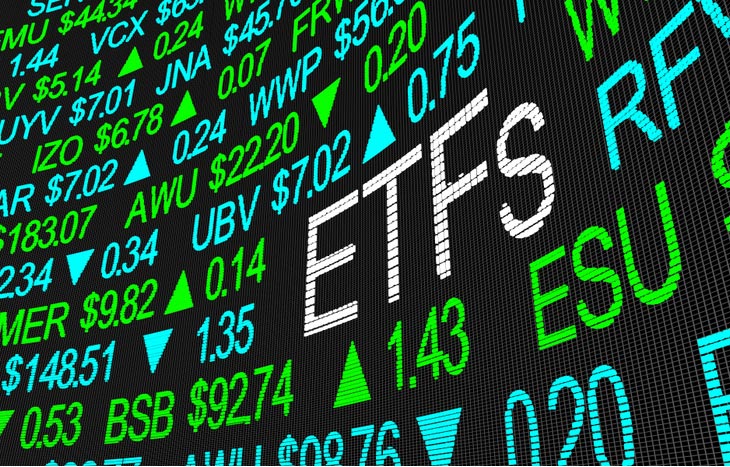
Passive index ETFs tracking benchmarks like the Russell 1000 and 2000 indexes, the S&P 500, the Barclays Aggregate Bond Index, and others are probably the most common types of ETFs.
The interest from institutional investors and the investing public has proliferated some of the ETFs. Today, we have ETFs that:
- You can actively manage.
- Are comprised of bonds.
- And more.
In recent years, we have what we called the smart beta ETFs that start with an index and specialize in a specific investing goal or type of company.
Some of the common smart beta ETFs include:
- Low volatility
- Dividends — companies within an index that are more likely to pay out dividends
- Size (for example small cap)
- Quality Momentum
- And others

